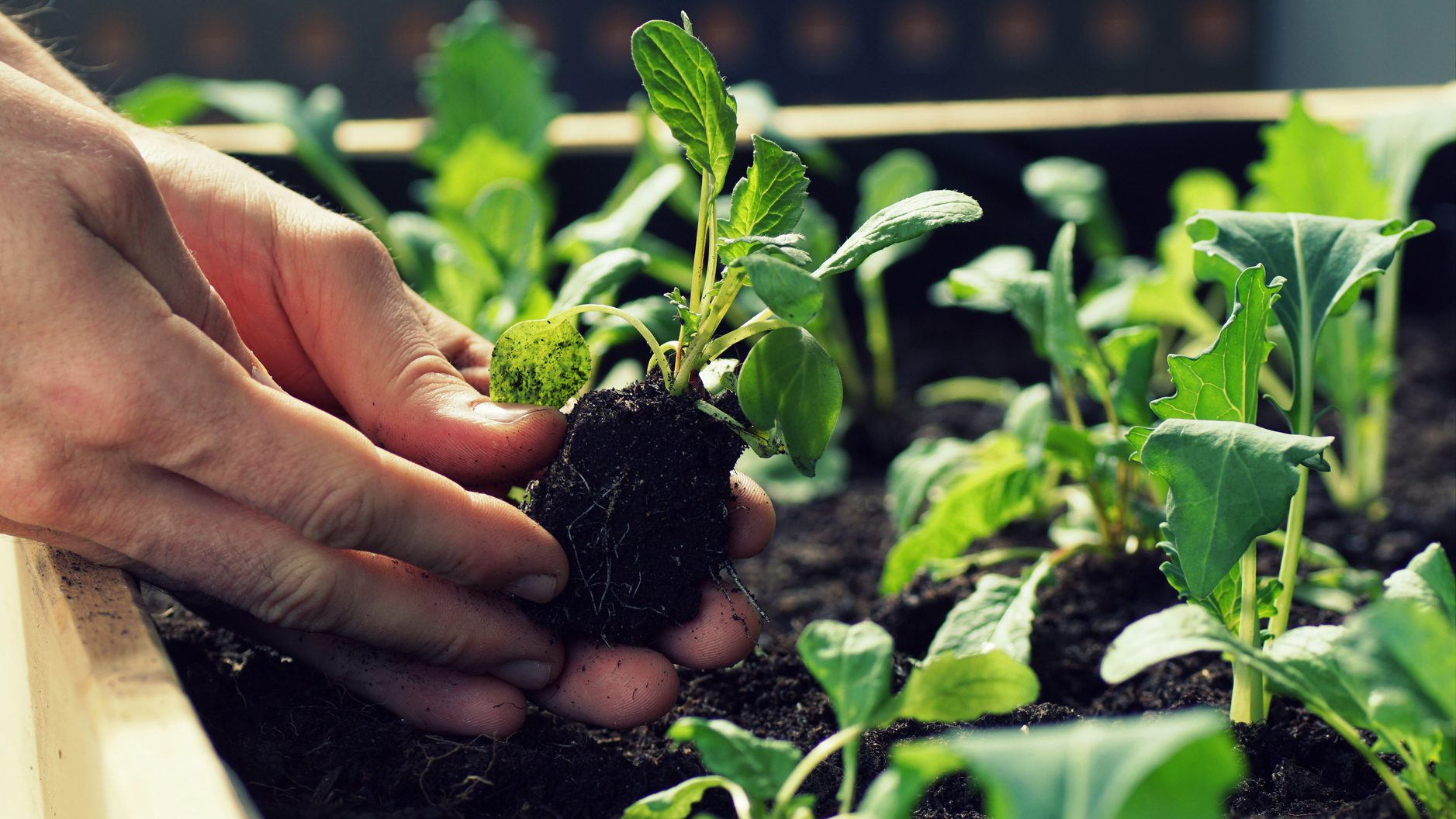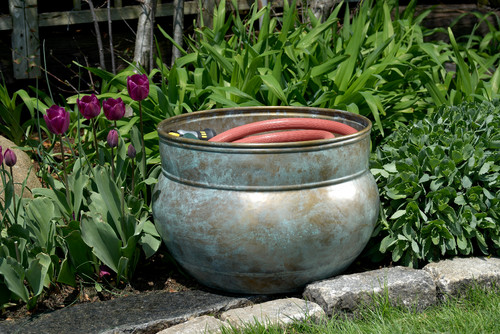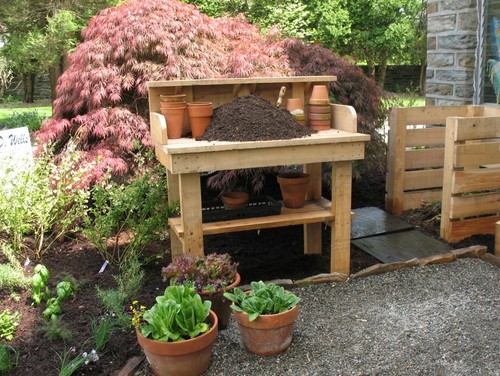
TG23/Getty Images
The combination of warm weather and sheltering in place means many of us are looking to take our DIY projects outdoors. One yard task that’s gaining a lot of traction lately is gardening, with homeowners now snapping up seeds in order to plant their very own victory gardens. And by joining this DIY green crowd, you can reap many rewards.
Tilling the soil, planting, and then digging up tiny carrots is a pleasure that hasn’t left us in these troubled times. If you’re out on your own property, at a healthy distance from your neighbors, you can safely enjoy this quiet and soothing activity.
Plus, gardening is excellent exercise (all that squatting and pulling a hose around the yard), and you might be able to cut back on your trips to the grocery store once your seeds mature and the harvest begins.
But the best part about gardening: It’s rather easy to get started, no matter how many houseplants you’ve killed. So, chin up, black thumbs. Here’s what you need to know to have a thriving backyard garden this year.
1. Size it right
Photo by Verdant Landscape Group
Biting off more than you can chew is a common misstep that novice gardeners make.
“We all have dreams of a big vegetable patch that’ll fill our plates a mile high with yummy things, but the reality is that if it’s too big, it’ll be more than a new gardener can handle,” says Susan Brandt, the owner of Blooming Secrets, a personalized gardening service.
Instead, start with a plot that’s about 10 square feet, which is a size that will give you enough space to grow four or five different kinds of vegetables.
2. Gauge the light
Photo by Verdant Landscape Group
Plants need light to thrive, so being aware of where the sunlight lands in your backyard is important for the success of your garden.
Check the sunlight you get at different times of the day to determine which spot is the brightest one for your garden patch.
“Most veggies and herbs need full sun, but leafy greens, dill, and cilantro can make it with some shade,” says Oscar Ortega, maintenance care manager at FormLA Landscaping.
What’s the ideal amount of sun for your vegetable garden? Six to eight hours a day.
3. Test the soil
Photo by Lotus Gardenscapes & Bloom Garden Center
Not every patch of dirt can host your seeds, so you’ll need to get a soil-testing kit from a home center, garden store, or online ($14.50, Amazon). The results of this test will tell you the pH level of your soil, as well as things like how much nitrogen and phosphorus it contains. These factors all play a role in plant growth and the success of your garden. Soil should be tested periodically throughout the year, but at a minimum, you should test in the spring and fall.
A soil test will indicate what you might need to add to your dirt—like a seed-starting mix—to facilitate good growth. Seed-starters are lighter and more finely ground than the soil used in containers or pots.
4. Water on schedule
Photo by Good Directions, Inc.
During the sowing and growing period, it may seem like keeping your garden watered is a never-ending chore, says Brandt. In fact, in some climates, a daily sprinkle is necessary, though most gardens can get by with just a drink two to three times a week.
“Try to plant your vegetable garden near your water source, because there’s nothing worse than dragging a long, heavy hose around the yard,” she adds. That is, unless you plan on using gardening as a time to break a sweat.
5. Sow fast-growing vegetables first
Photo by Steve Masley Consulting and Design
Spring vegetables—including spinach, lettuce, carrots, and all manner of herbs—are quick and easy to grow. Ortega recommends planting native foliage near vegetables.
“It’ll attract pollinators and give pests who might nibble on your produce another alternative,” he says.
Want to sow something that’ll come up every year?
“Try perennials like asparagus and rhubarb—and you can spend less time replanting,” says Brandt.
6. Mulch more, weed less
Photo by Pennsylvania Landscape & Nursery Association
Want to water less and beat back weeds at the same time? Spread a layer of mulch, which is a mixture of materials designed to protect and enrich your plants. The most popular types of mulch are wood chips, shredded bark, grass clippings, composted manure, and even rocks and seashells.
“As it decomposes, mulch adds valuable nutrients to the soil, which means you might not have to fertilize as much in the future,” says Brandt.
Just make sure you choose the right mulch for the zone you live in. Your local nursery or garden supply store can help you with that.
7. Gardening tools for beginners
Right now, there’s no need to spend an arm and a leg on each and every gardening tool. Gardeners just starting out will need the bare minimum: a trowel, garden fork, shovel, gardening gloves, kneeling pad (for weeding and planting), and a hose or watering can.
To store your tools in an orderly fashion, go old-school and pick a tote or other sturdy bag that’s sitting idle and load it with your gear. If your tools are all in one grab-and-go spot, you’ll be able to hit the dirt more quickly.
The post Gardening for Beginners: 7 Tips for Growing Your Own Vegetable Patch appeared first on Real Estate News & Insights | realtor.com®.







No comments:
Post a Comment